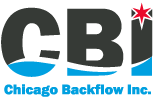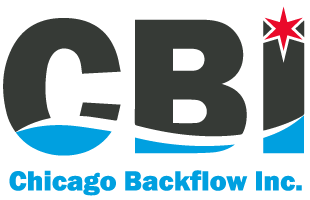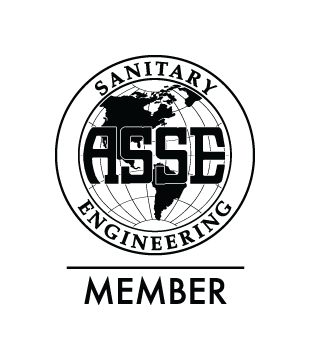Learn More About Backflow Prevention
Backflow device knowledge isn’t something you’re born with. That’s why we are here to help! On this page we hope to share all that we’ve learned over the years about backflow preventers and how they work.
What Is a Backflow Preventer?
Backflow preventers are devices that are installed on your business or home’s water pipes that only allow water to flow in one direction and not the opposite. They are designed to make sure potable water, or drinking water doesn’t get contaminated from other sources because of a backflow event.
Backflow preventers ensure you and your neighbors have a clean drinking supply, as well as making sure the city’s main water supply stays clean and free of waste, chemicals, or other contaminants that might flow backwards through pipes during a drop in water pressure.
Several states require homes and commercial businesses to install backflow prevention devices. Many newer buildings and irrigation systems already come equipped with one or many.

Here you can see a cross section of a backflow preventer using valves and different water pressures to make sure a backflow event doesn’t occur.
What Is a Cross Connection?
A cross-connection is any potential connection between the public or consumer’s potable water system plus any non-potable source or substance that could present a hazard to the quality of the public or consumer’s potable water system. Backflow testing and repair manage these cross-connections to protect public safety by preventing backflow incidents within the public or water consumer’s potable water system.
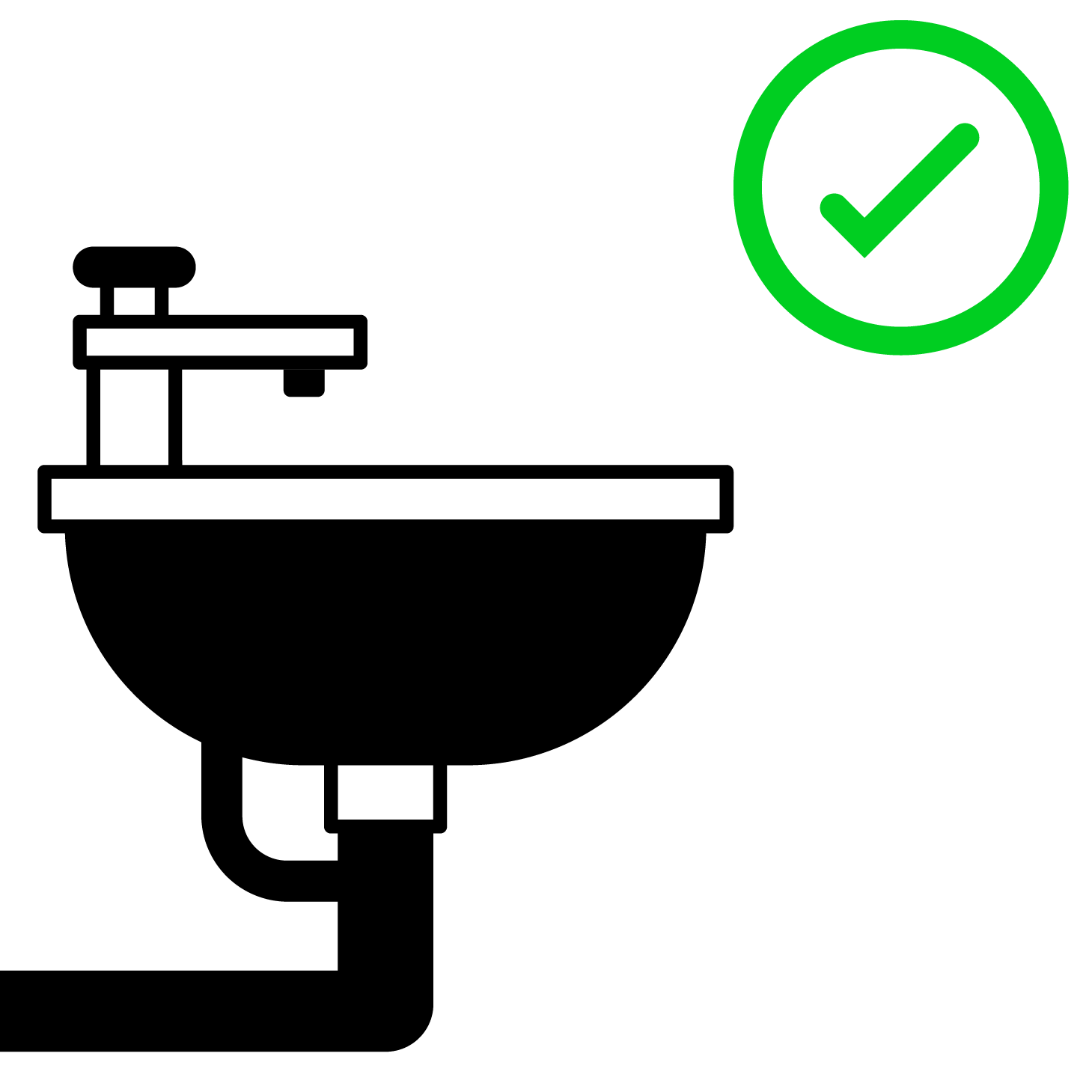
The example to the left shows the intended, safe set up for a sink where there is no risk of contaminating the water system. The image on the right shows a set up where a hose is attached and long enough to lay in the water with a soapy chemical mixed in it. This poses a risk of contaminating the water main if back siphoning were to occur. This type of hazard is called a “cross-connection”.
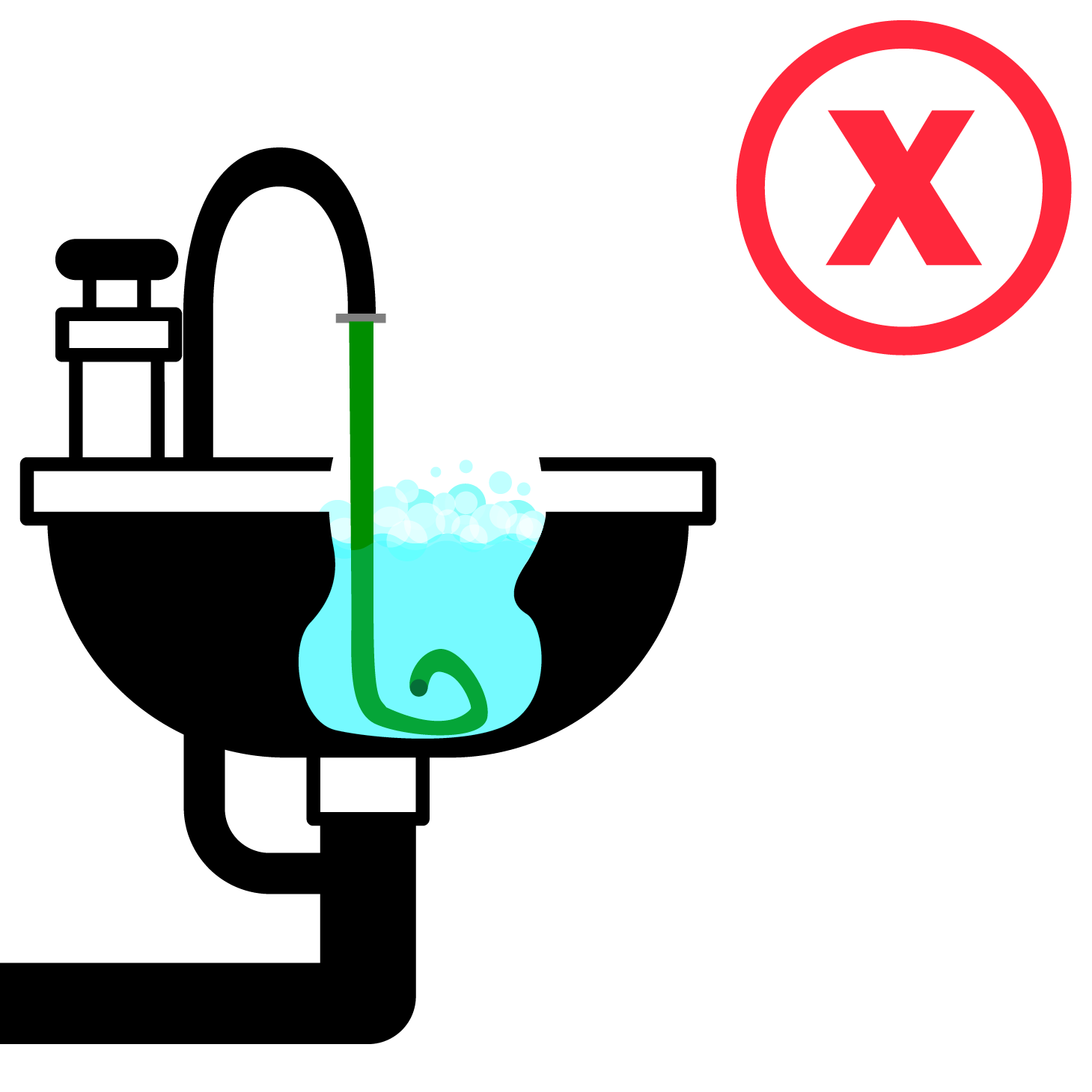
What causes backflow incidents to occur?
Backflow incidents are caused by either backpressure or backsiphonage.
Backpressure is created when the pressure within the customer’s system becomes greater than the water supply pressure. Elevated tanks, heating systems and booster pumps are some of the main causes of backpressure.
Backsiphonage is created when there is a negative or reduced pressure in the water supply main. Water main breaks or hydrant flushing are two of the main causes of backsiphonage.
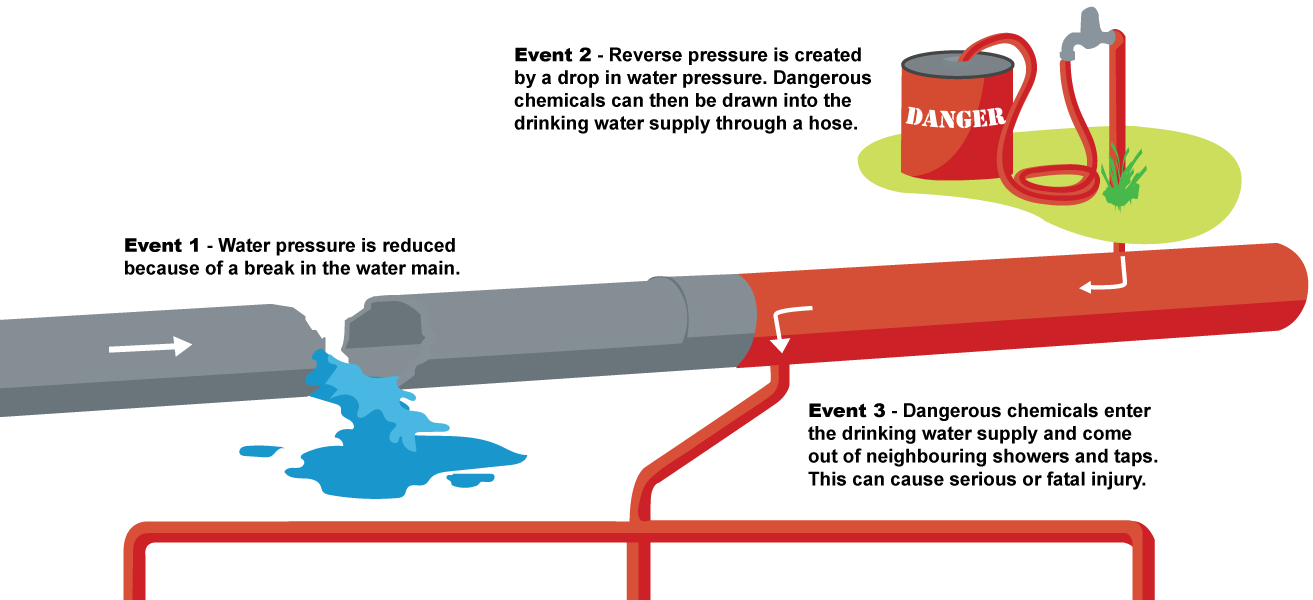
Think You Might Need a Backflow Device?
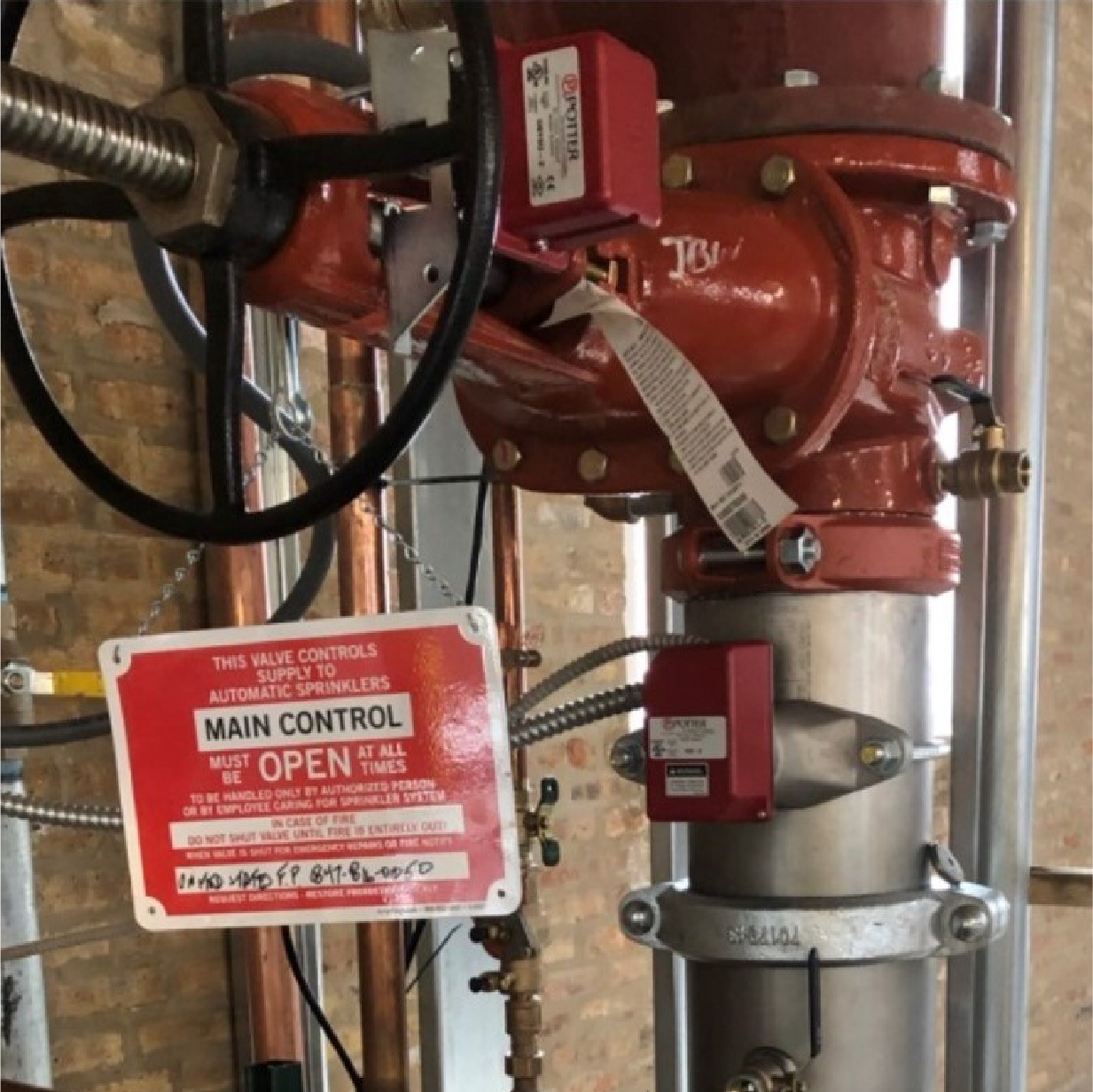
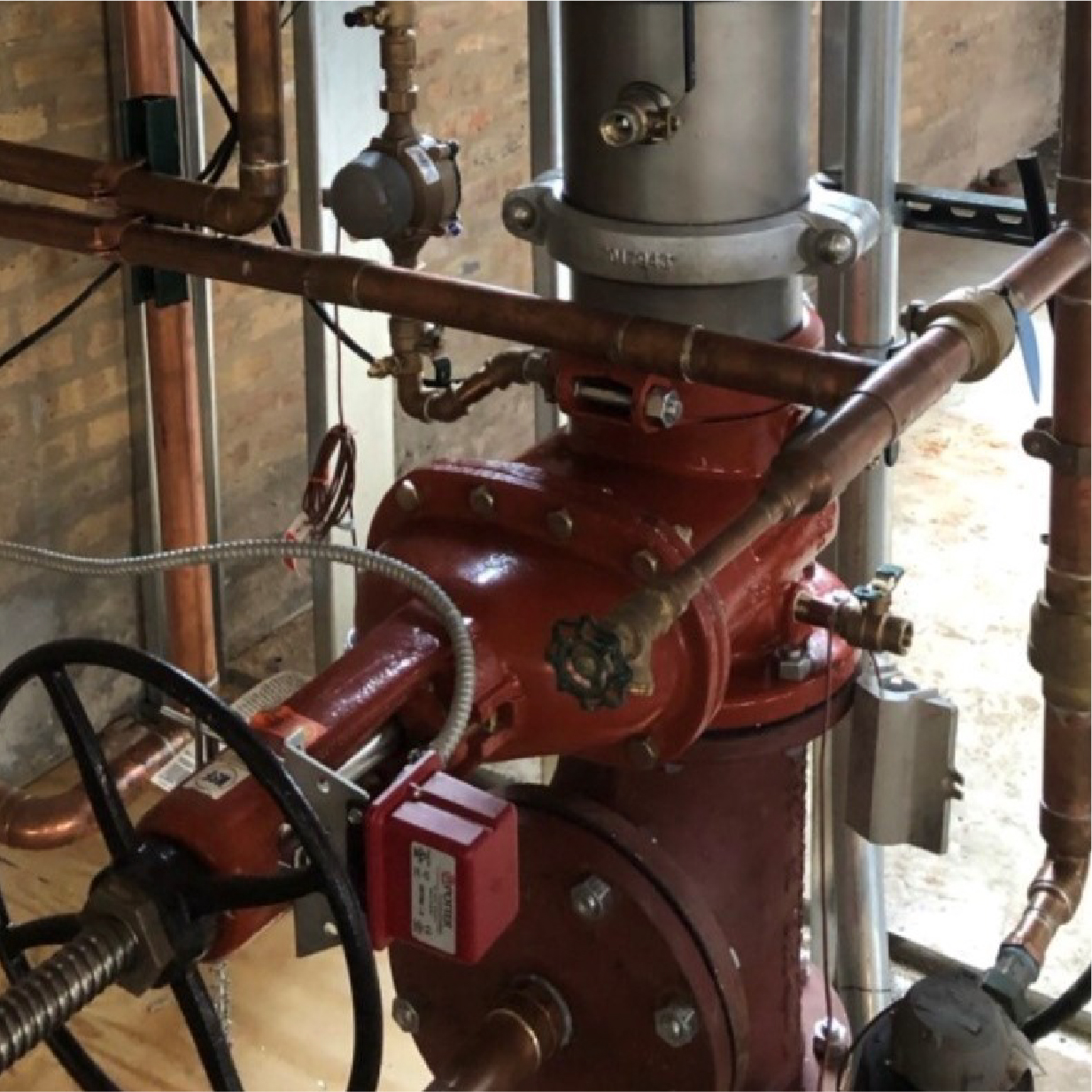
The general idea is that you have a backflow preventer installed anywhere a wastewater line might be cross-connected with a water supply and any backflow could occur. Most newly built homes and businesses and irrigation systems should already haves backflow preventers installed before reaching main water lines. If you are unsure of whether your property is up to code for your local area, set up an appointment with us and we will send a certified backflow tester out to assist you. They will suggest where you’d need to install any backflow devices.


